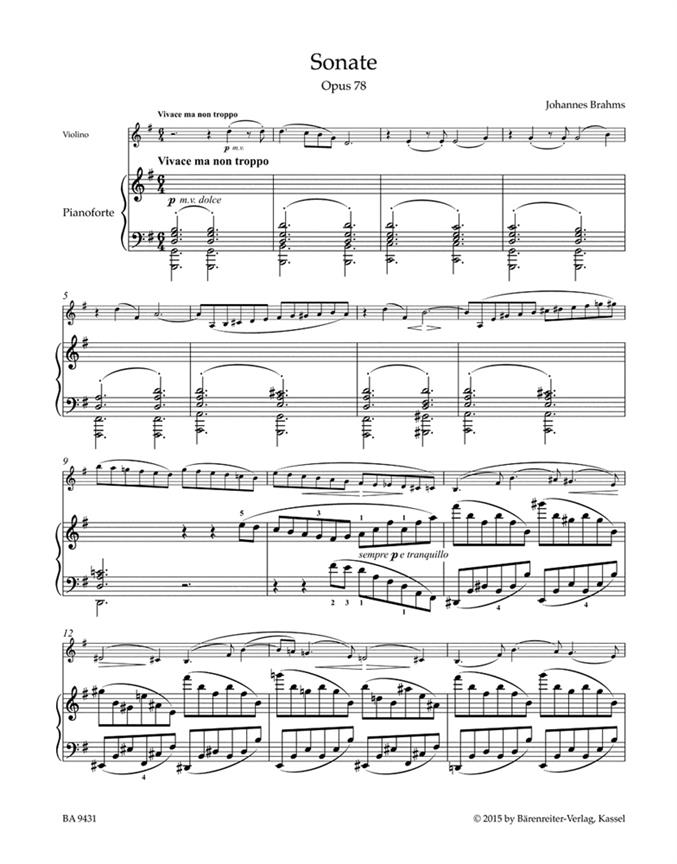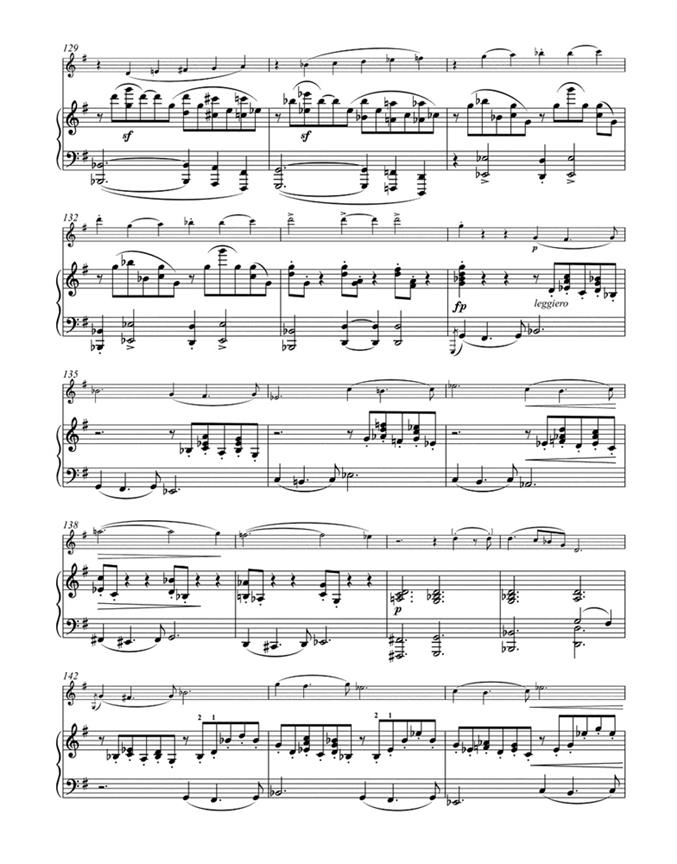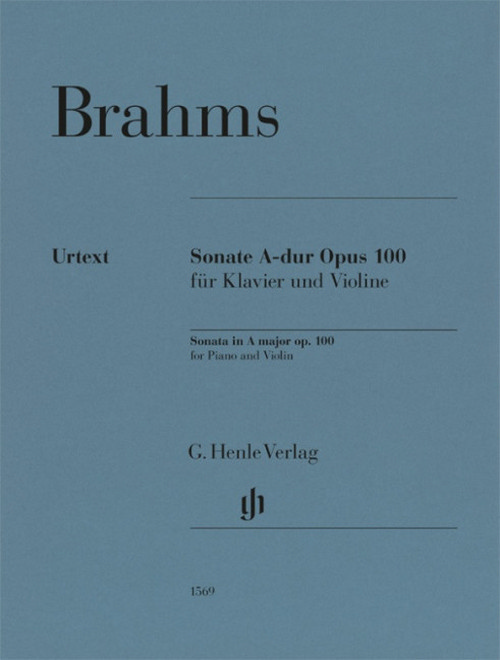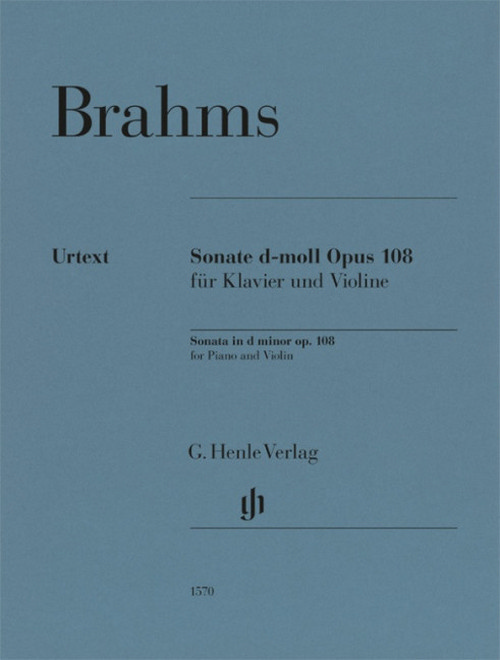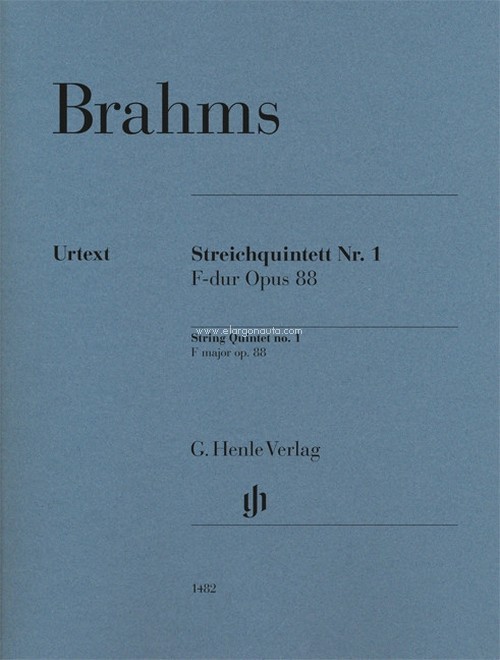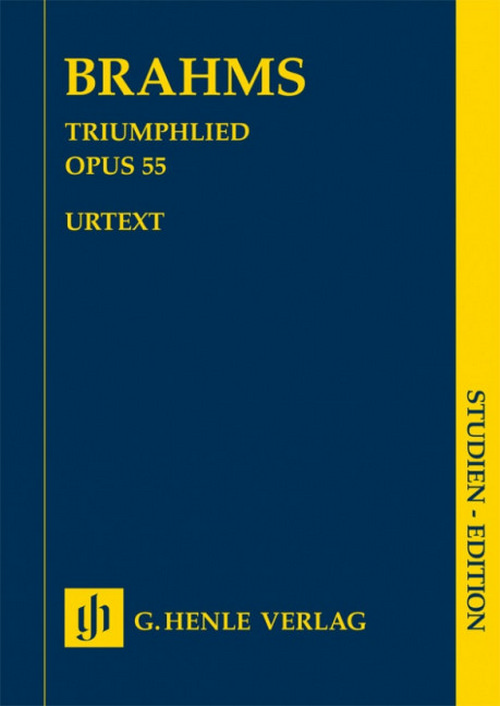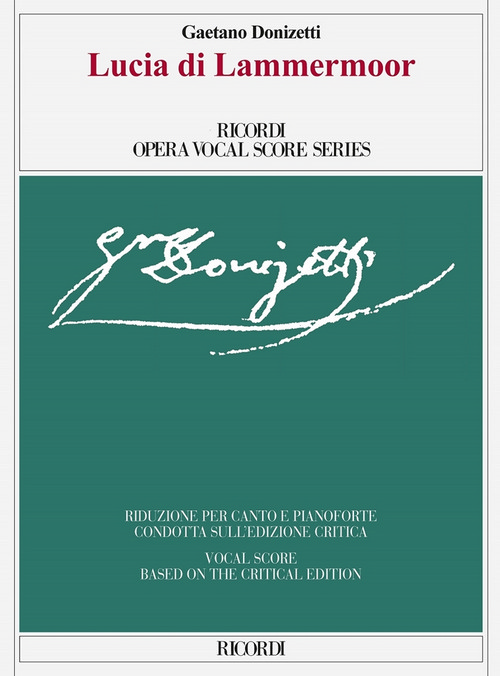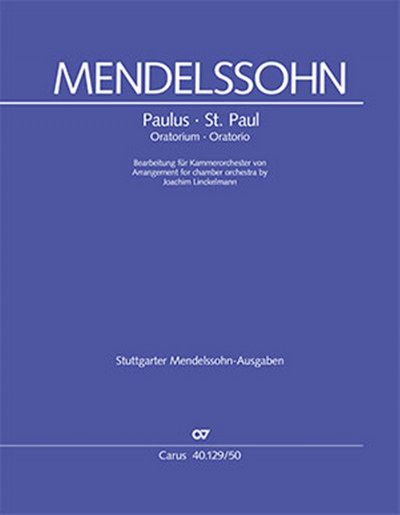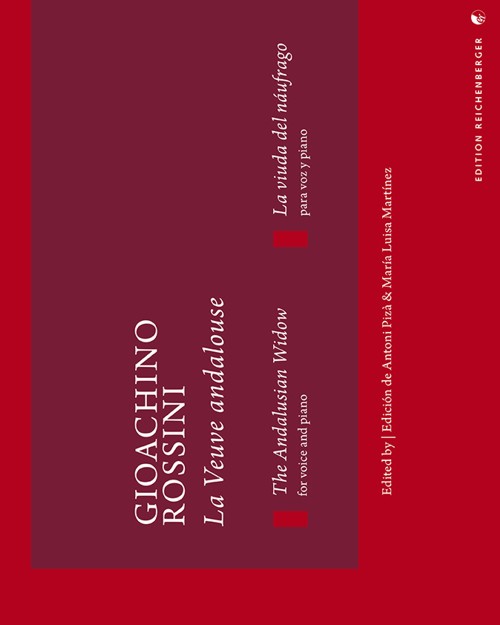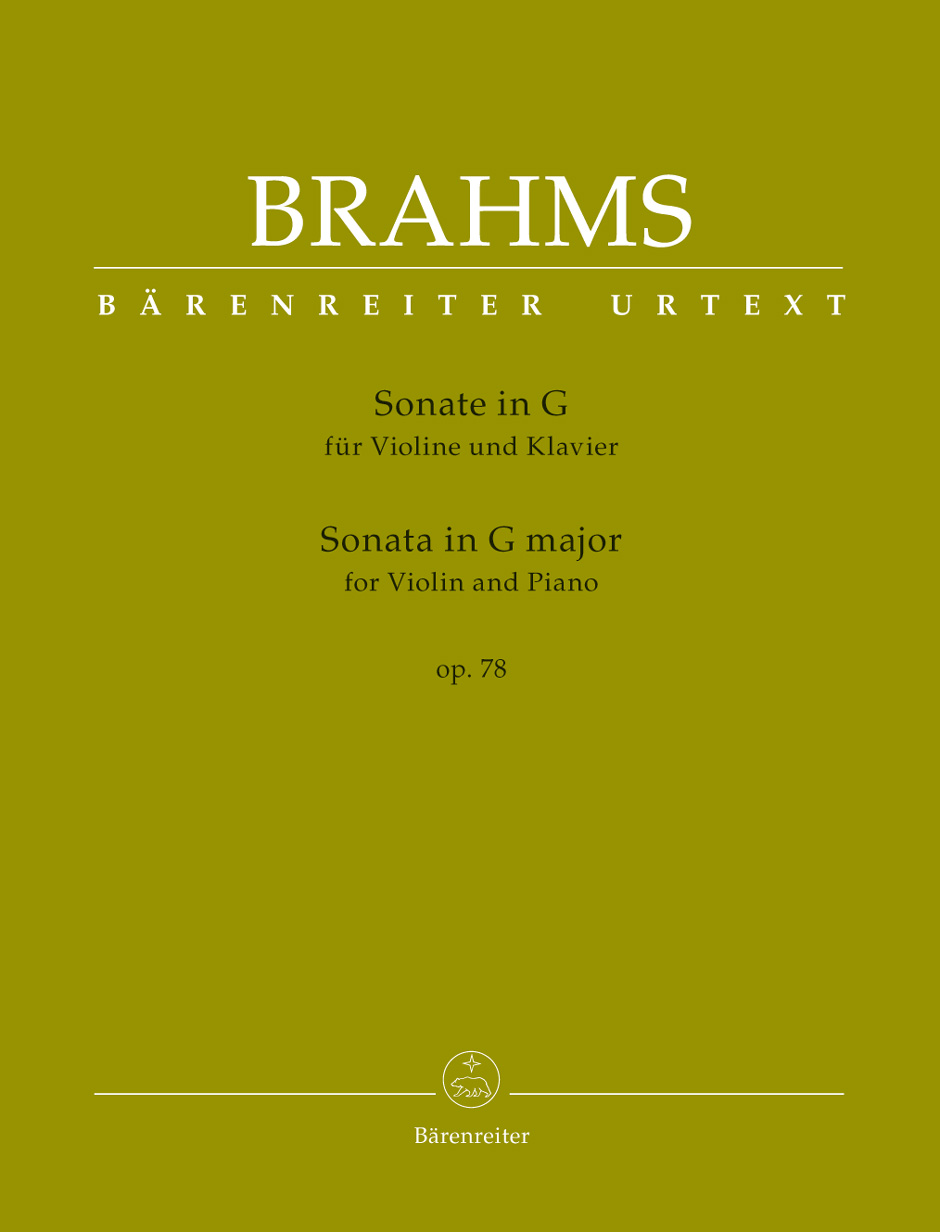
Sonata op. 78, score and part = Sonate op. 78, Partitur und Stimme
Brahms, Johannes
Bärenreiter.Instrumento:
- Cuerda / Violín / Violín y teclado /
Ficha técnica
- EAN: 67267
- ISBN: 67267
- Código del editor: BA 9431
- Editorial: Bärenreiter
- Idioma: Alemán / Inglés
Disponible en breve
Sin stock. Si se pide hoy, se estima recibir en la librería el 29/04/24antes:
18,30 €
ahora:
16,47 €
Añadir a la Lista de deseos
Urtext edition
Edición de / Edited by: Brown, Clive
We know today that Johannes Brahms wrote at least three sonatas for violin and piano before he composed his Sonata in G major op. 78. However these earlier works did not survive the test of the composer?s critical scrutiny and have not come down to us.Op. 78 developed alongside the Violin Concerto op. 77 in the summers of 1878 and 1879. Clara Schumann was delighted by Brahms? citations from his own "Regenlied" and "Nachklang" (op. 59, nos. 3 and 4). Brahms conceived these figurations in melody and accompaniment to evocate raindrops. Even though the work was first received by Brahms? contemporaries with mixed enthusiasm, it quickly found its place in the standard violin repertoire.An important part of this edition is the Preface. Firstly it informs about the work's origin, early performances, its publication history as well as early reception. Truly remarkable is the unique detailed Performance Practice Commentary. Here the editors start from the premise that already a few decades after Brahms' death, a widening gulf developed between the composer's expectations and the performance practices of the early 20th century. On the basis of manifold sources which include memoirs by pupils and chamber music partners, treatises and essays, early instructive editions and historical recordings, the editors deal with key issues in understanding Brahms' notation. By a section-by-section analysis of rhythm and timing, dynamics and accentuation, dots and strokes, slurring and non legato, piano pedalling and overholding, piano arpeggiation and dislocation, string instrument fingering, string instrument harmonics and vibrato, the editors provide an indispensable assistance for a historically informed interpretation of the work.At the same time, the edition offers an exciting and often surprising insight into musical interpretation of the German Romantic Era in general.- A pioneering Urtext edition- With an unmarked Urtext part- With a second part including fingering and bowing based on the practices of contemporaries of Brahms- With an extensive Performance Practice Commentary- For further information on Romantic performance practice we recommend the text booklet: "Performance Practices in Johannes Brahms' Chamber Music", BA 9600

